Fire or life threatening emergencies: 000
Emergency Information: 13 3337
SES Emergency Assistance: 132 500
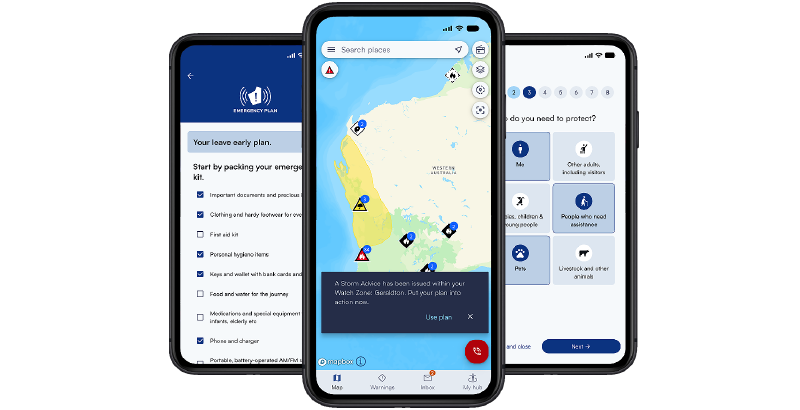
When a severe storm forms quickly there may not be much time to prepare yourself or your property. It’s important to create a personalised emergency plan before disaster strikes. You’ll have a better chance of reducing damage and injury if everyone knows what to do and your property is well maintained.
The emergency planning tool within Emergency WA allows you to prepare for a range of hazards including storms, bushfires, cyclones and floods.
If you link your plan to a watch zone in the app, you’ll receive instant notifications when a storm hits. The app will guide you through your plan, cutting out indecision when seconds matter.
Prepare for a storm now and keep yourself and your household safe.
Whether you have family pets or animals in a farm setting, it is your responsibility to make every effort to keep them safe in a storm.
Find out more about preparing for pets and animals for a severe storm.
While the dangers of a storm can’t be prevented, you can prepare and reduce the amount of damage a storm can cause. Most damage is caused by flying objects, fallen trees and flooding from blocked gutters.
As storms can happen at any time and sometimes without much notice, it is best to prepare and maintain your property throughout the year.
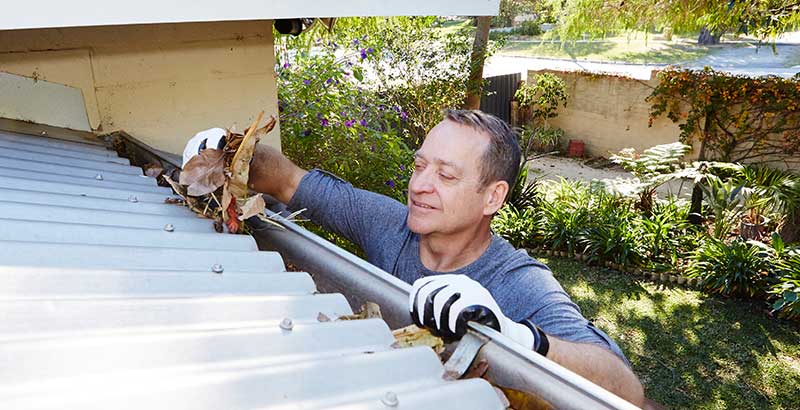
There are three warning levels which change to reflect the risk to your life or property before, during or after a storm. These are the same warning levels as bushfire, flood and cyclone.
After a storm, an Advice or Watch and Act will be issued depending on the hazards and risk still present. Storm Emergency Warnings will only be issued if there is an imminent threat to lives and homes. Most storms experienced during WA’s winter storm period or the wet season will escalate and de-escalate through Advice and Watch and Act only.
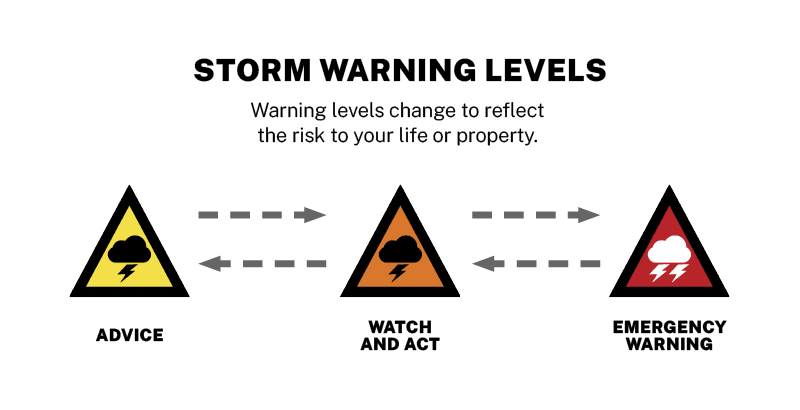
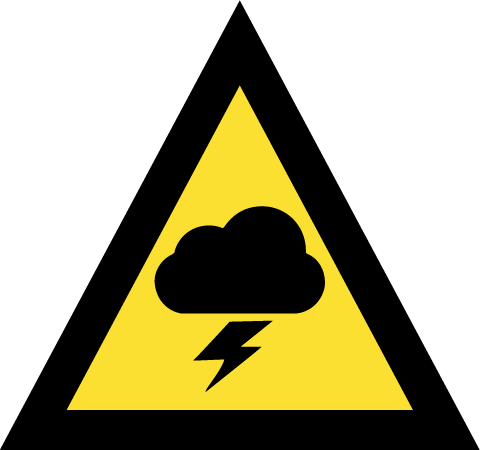
What to do:
During the storm:
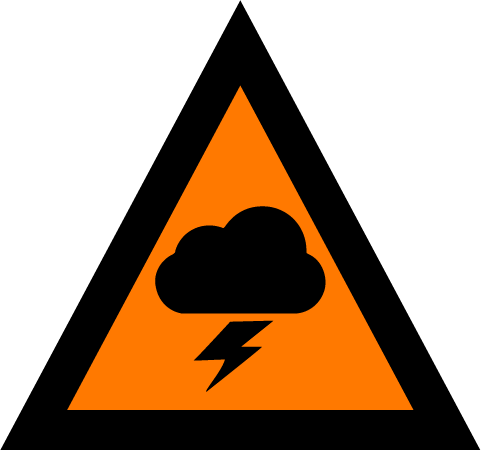
What to do:
During the storm:
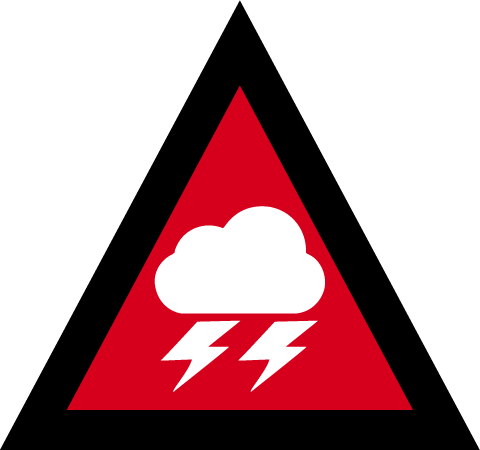
During a storm:
If flash flooding is predicted:
If driving:

What to do:
Be alert for potential hazards such as:

What to do:
If flooding has occurred:
Your emergency kit must be kept in a waterproof plastic container or heavy-duty water-resistant bag. You may be without power, water and other essential services for some days after a severe storm.
Having an up to date emergency kit can better prepare your household for all hazards. Everyone in your household should know where the emergency kit is and be able to reach it.
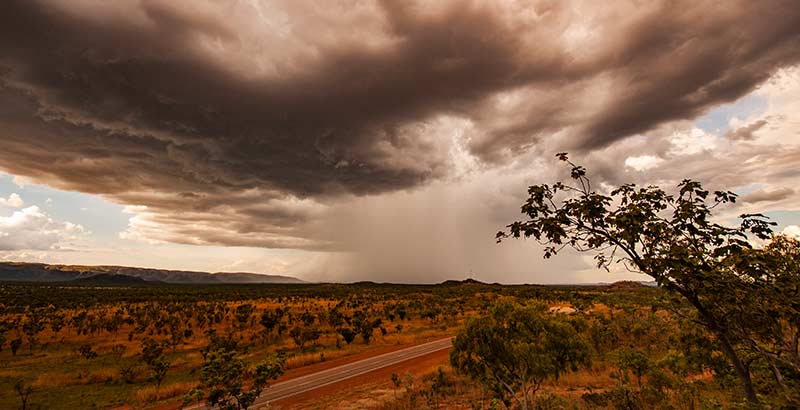
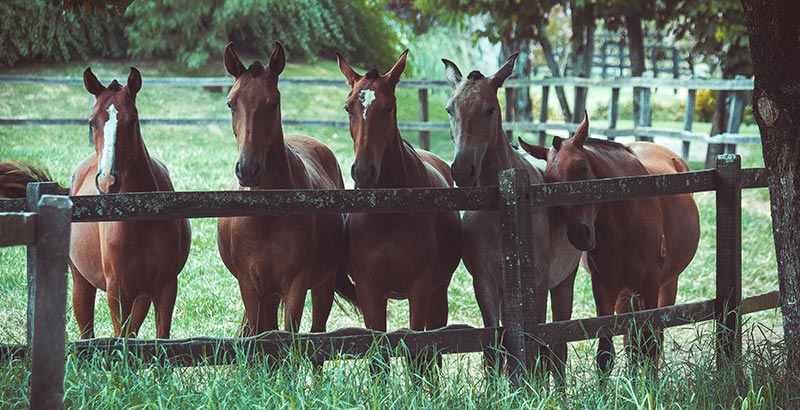
When preparing your family and property for natural disasters, you also need to consider your pets and livestock.
Ensure that your pets are properly identified with a name tag or microchip or that you have a recent photo of them with you, and that stock registers for your livestock are current.
Find out more about pet and livestock welfare in an emergency by visiting the Department of Primary Industries and Regional Development website.
You can also ask your local government if there are pet or livestock welfare arrangements in place during an emergency.
The best way to protect your pet is to move them to a safer area in advance. This may mean taking them to relatives, friends, animal boarding facilities or to a temporary animal shelter or evacuation centre which accepts animals.
When relocating your pets make sure you supply make sure that you supply:
Find out more about caring for pets in a natural disaster here.
If you don't have a pre-arranged evacuation site for your animals, head to your local council evacuation location and request further information when you get there.
It is important to have a plan to care for livestock. Planning to leave early is the best way to ensure their safety.
When moving livestock, you should consider:
You can find out more about caring for livestock during an emergency here.
If you are unable to move your pets in advance and are unable to take them with you, take the following precautions to help keep them safe:
Trained assistance dogs
Trained and accredited guide and assistance dogs will be allowed to stay in emergency shelters with their owners. Those accepted will require appropriate evidence of registration, accreditation, and identification.
Watch our 1.35 minute video to learn about what you can do to prepare for a storm. View transcript.